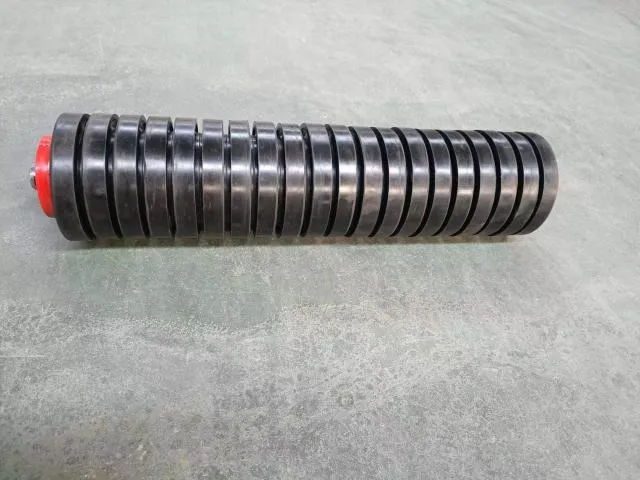 Afrikaans
Afrikaans  Albanian
Albanian  Amharic
Amharic  Arabic
Arabic  Armenian
Armenian  Azerbaijani
Azerbaijani  Basque
Basque  Belarusian
Belarusian  Bengali
Bengali  Bosnian
Bosnian  Bulgarian
Bulgarian  Catalan
Catalan  Cebuano
Cebuano  Corsican
Corsican  Croatian
Croatian  Czech
Czech  Danish
Danish  Dutch
Dutch  English
English  Esperanto
Esperanto  Estonian
Estonian  Finnish
Finnish  French
French  Frisian
Frisian  Galician
Galician  Georgian
Georgian  German
German  Greek
Greek  Gujarati
Gujarati  Haitian Creole
Haitian Creole  hausa
hausa  hawaiian
hawaiian  Hebrew
Hebrew  Hindi
Hindi  Miao
Miao  Hungarian
Hungarian  Icelandic
Icelandic  igbo
igbo  Indonesian
Indonesian  irish
irish  Italian
Italian  Japanese
Japanese  Javanese
Javanese  Kannada
Kannada  kazakh
kazakh  Khmer
Khmer  Rwandese
Rwandese  Korean
Korean  Kurdish
Kurdish  Kyrgyz
Kyrgyz  Lao
Lao  Latin
Latin  Latvian
Latvian  Lithuanian
Lithuanian  Luxembourgish
Luxembourgish  Macedonian
Macedonian  Malgashi
Malgashi  Malay
Malay  Malayalam
Malayalam  Maltese
Maltese  Maori
Maori  Marathi
Marathi  Mongolian
Mongolian  Myanmar
Myanmar  Nepali
Nepali  Norwegian
Norwegian  Norwegian
Norwegian  Occitan
Occitan  Pashto
Pashto  Persian
Persian  Polish
Polish  Portuguese
Portuguese  Punjabi
Punjabi  Romanian
Romanian  Russian
Russian  Samoan
Samoan  Scottish Gaelic
Scottish Gaelic  Serbian
Serbian  Sesotho
Sesotho  Shona
Shona  Sindhi
Sindhi  Sinhala
Sinhala  Slovak
Slovak  Slovenian
Slovenian  Somali
Somali  Spanish
Spanish  Sundanese
Sundanese  Swahili
Swahili  Swedish
Swedish  Tagalog
Tagalog  Tajik
Tajik  Tamil
Tamil  Tatar
Tatar  Telugu
Telugu  Thai
Thai  Turkish
Turkish  Turkmen
Turkmen  Ukrainian
Ukrainian  Urdu
Urdu  Uighur
Uighur  Uzbek
Uzbek  Vietnamese
Vietnamese  Welsh
Welsh  Bantu
Bantu  Yiddish
Yiddish  Yoruba
Yoruba  Zulu
Zulu non-drive pulley
Understanding Non-Drive Pulleys Function and Applications
Pulleys are widely recognized components in mechanical systems, used to transfer power and motion efficiently. Among the various types of pulleys, non-drive pulleys play a critical role in machinery and conveyor systems. This article delves into the design, function, and applications of non-drive pulleys while illuminating their significance in various industries.
What is a Non-Drive Pulley?
A non-drive pulley, as the name suggests, does not directly transmit power or drive motion. Instead, it serves as a guiding mechanism, helping to redirect the movement of belts or cables within a system. These pulleys work in conjunction with drive pulleys, which are connected to a motor or another power source. While drive pulleys facilitate the core motion and power transmission, non-drive pulleys ensure stability, alignment, and effective load distribution in the system.
Design and Components
Non-drive pulleys are designed to bear considerable loads and support their respective belts or cables. Typically made from materials such as steel, aluminum, or reinforced plastics, their construction emphasizes durability and low friction. A standard non-drive pulley comprises the following components
1. Pulley Wheel The central part of the pulley that the belt or cable wraps around. Its surface is often grooved to enhance grip and minimize slippage. 2. Axle or Shaft This part allows the pulley to rotate freely around a fixed point. The axle is usually secured to a frame or housing to maintain stability. 3. Bearing Bearings reduce friction between the axle and the pulley wheel, contributing to smoother operation and reduced wear over time.
4. Mounting Frame The structure that holds the pulley in place, ensuring alignment with other components in the system.
Functionality
The primary function of a non-drive pulley is to change the direction of a belt or cable. This capability is vital in various applications where space constraints or mechanical limitations require creative solutions for power transmission. Non-drive pulleys help maintain tension in the system, which is essential for the optimal performance of drive pulleys. By providing an efficient path for belts and cables, non-drive pulleys reduce the risk of wear and tear, improving the longevity of the overall system.
non-drive pulley

Applications Across Industries
Non-drive pulleys are utilized in a myriad of industrial applications, making them indispensable in engineering and manufacturing processes. Some notable uses include
1. Conveyor Systems Non-drive pulleys are prominently featured in conveyor belts, where they guide the belt around corners, ensuring smooth transportation of goods in factories and warehouses.
2. Material Handling In cranes and hoists, non-drive pulleys assist in the lifting and lowering of heavy loads, providing control over direction and movement.
3. Textile Industry Non-drive pulleys are crucial in textile machinery, where they aid in feeding fabric and controlling tension during production processes.
4. Automotive Applications Non-drive pulleys are found in various vehicle components such as timing belts and accessory belts, where they help guide and stabilize the movement of critical mechanical systems.
5. Aerospace and Robotics In aircraft and robotic systems, non-drive pulleys ensure precise control and positioning of moving parts, enhancing overall performance and reliability.
Conclusion
In essence, non-drive pulleys may not be directly responsible for powering machinery, but they play an essential role in ensuring the efficiency and reliability of mechanical systems. Their ability to guide belts and cables while maintaining tension underscores their importance in a wide array of applications. As technology continues to evolve, the design and functionality of non-drive pulleys will likely advance, reinforcing their relevance in modern engineering solutions. Understanding these components better can lead to more innovative designs and improved system performances, benefiting various industries worldwide. In a world increasingly relying on automation and precision engineering, the significance of non-drive pulleys cannot be overstated.
-
Revolutionizing Conveyor Reliability with Advanced Rubber Lagging PulleysNewsJul.22,2025
-
Powering Precision and Durability with Expert Manufacturers of Conveyor ComponentsNewsJul.22,2025
-
Optimizing Conveyor Systems with Advanced Conveyor AccessoriesNewsJul.22,2025
-
Maximize Conveyor Efficiency with Quality Conveyor Idler PulleysNewsJul.22,2025
-
Future-Proof Your Conveyor System with High-Performance Polyurethane RollerNewsJul.22,2025
-
Driving Efficiency Forward with Quality Idlers and RollersNewsJul.22,2025





























